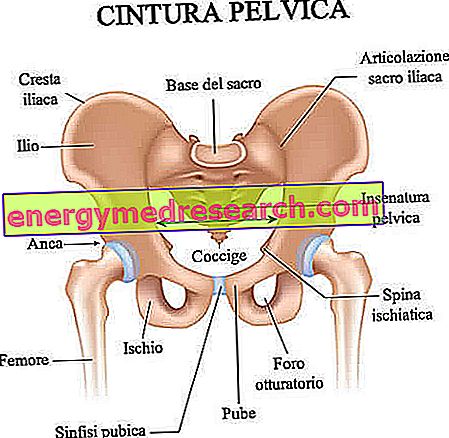
The brain is, together with the spinal cord, one of the two fundamental elements that constitute the central nervous system .
Extremely complex both from the structural and functional point of view, the encephalon is composed of four fundamental parts: the brain proper, the diencephalon, the cerebellum and the brainstem .Each part of the brain covers a specific task. For example, the cerebellum deals with the coordination of movements, while the proper brain governs perception, movement, emotion, memory, learning, etc.
As some may already know, the brain of an adult human weighs about 1300 to 1400 grams, has a volume of between 1100 and 1300 cubic cm and contains an enormous amount of neurons (about 100 trillion, where one billion equals to 10 to 12).
But the features in numerical terms enjoyed by our brain are many others, some of which are very interesting.
Let's see some ...
- If the encephalon weighs 1300-1400 grams, it means that it represents 2% of the body weight of a normal-weight individual.
- The brain uses 20% of the oxygen that is absorbed by breathing and that joins the red blood cells. It is the organ that suffers first and to a greater extent than a lack of oxygen in the blood.
- The amount of blood that our heart devotes to the brain for every heartbeat is 15-20% of the total .
- The flow of blood, passing through the brain of an adult, is equal to 750 ml / min (milliliters per minute). Expressed for every 100 grams of brain, this numerical data is equivalent to about 54 ml / 100 g / min ; in other words, every minute, the amount of blood flowing in 100 grams of brain is equal to 54 milliliters.
Consider that, during a cerebral ischemia, the blood flow is 18-20 ml / 100 g / min ; while, during a cerebral infarction, the flow also drops to 8-10 ml / 100 g / min .
- Blood flow through a child's brain is 105 ml / 100 g / min .
- The blood flow through the gray matter is equal to 75 ml / 100 g / min, while that through the white matter is equal to 45 ml / 100 g / min .
- The oxygen consumption by the brain is equal to 3.3 ml / 100 g / min .
- At the end of the first year of life, the encephalon has grown 3 times as much as in the beginning.
- The encephalon is composed of 77-78% water (75% muscle), 10-12% lipid (5% muscle), 8% protein ( 18% muscle 20%), 1% from carbohydrates (like any muscle), 2% from soluble organic substances (3-5% muscle) and 1% from inorganic salts (like any muscle).



